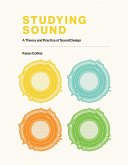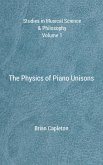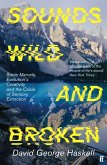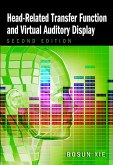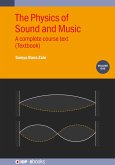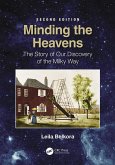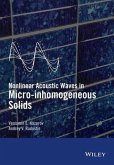In his seminal work "Sound," John Tyndall explores the intricate nature of sound waves, establishing a foundational understanding of acoustic phenomena that bridges both science and philosophy. Tyndall employs a meticulous analytical style, interweaving empirical observation with theoretical insights, effectively positioning this text within the scientific discourse of the 19th century. He delves into the physics of sound, the nature of auditory perception, and the innovative experiments that elucidate how sound propagates through various mediums, making complex concepts accessible to both scholars and lay readers alike. John Tyndall, a prominent physicist and a key figure in the fields of thermodynamics and optics, was instrumental in shaping contemporary understanding of physical science. His background in experimental physics and his role as a public intellectual reflect his commitment to disseminating scientific knowledge to a broader audience. Tyndall's passion for science was matched by his eloquence, allowing him to articulate complex theories in a manner that engaged and inspired curiosity, a quality that resonates throughout this work. "Sound" is highly recommended for anyone intrigued by the scientific exploration of auditory phenomena, as well as for those who appreciate the intersection of art and science. Tyndall's prose not only elucidates the mechanics of sound but also invites readers to reflect on the deeper philosophical implications of what it means to hear. This book is a must-read for students of physics, as well as for aficionados of the history of science.
Dieser Download kann aus rechtlichen Gründen nur mit Rechnungsadresse in A, B, BG, CY, CZ, D, DK, EW, E, FIN, F, GR, H, IRL, I, LT, L, LR, M, NL, PL, P, R, S, SLO, SK ausgeliefert werden.



